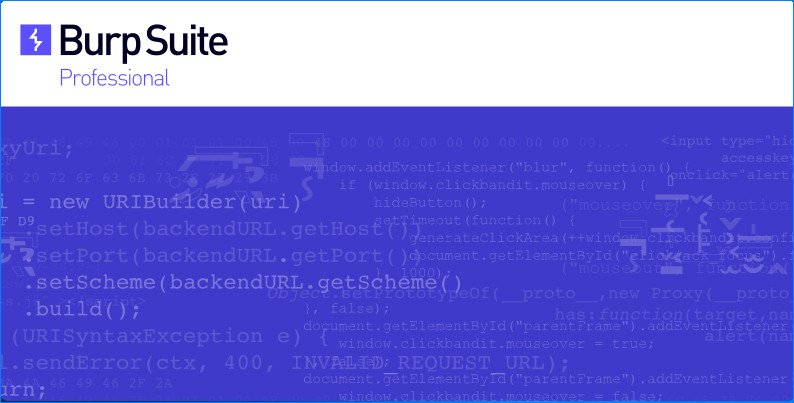

Note: If you install a trusted root certificate in your browser, then an attacker who has the private key for that certificate may be able to man-in-the-middle your SSL connections without obvious detection, even when you are not using an intercepting proxy. To use Burp Proxy most effectively with HTTPS websites, you will need to install Burp's CA certificate as a trusted root in your browser. This CA certificate is generated the first time Burp is run, and stored locally. “By default, when you browse an HTTPS website via Burp, the Proxy generates an SSL certificate for each host, signed by its own Certificate Authority (CA) certificate. Try to open any pages without installing the certificate and you will see that the browser complains that the connection is not secure (e.g. You are telling the browser that Burp with its certificate is OK to encrypt/decrypt HTTPS traffic.

The browser will not complain that your connection is not secure if you install Burp’s certificate as a trusted CA authority. Installing Burp's certificate in your browser will help you intercepting traffic sent by sites using SSL/HTTPS. Burp Suite's SSL Certificate (go back up!)

For example you have clicked on a “submit” button on the target site and the request has been submitted and intercepted. Another reason why you would like to you use “drop” is when you want to see how a request is made but not necessarily send it to the web server. Probably you will see an error in your browser showing that the request was not submitted. This will not send the request to the destination. If intercept is on and you don’t really want to send the request forward, click “ drop”. It is good to have “intercept is on” only when you know that you want to intercept a specific request to change it on-the-fly. The requests will be stored in “Proxy” → “HTTP history” for later user, even if you don’t have “intercept is on”. Burp will send them to the right destination only if you stop intercepting or if you press the “ forward” button which will forward the request to the web server. This will grab all the requests sent from the browser through Burp’s proxy. That’s because Burp hasn’t sent the request yet.Ĭlick “ Intercept is on” to turn off interception. What you will see in the browser is a page which keeps on waiting for a response. If you open a page in the browser with “intercept is on”, Burp will display the request sent from your browser and until you press “forward” or “intercept is on”, it won’t submit the request to the web application’s server and receive a response. These can be modified on-the-fly or can be viewed together with their responses in the "HTTP history" tab.Ĭlick “Proxy” → “Intercept” → “Intercept On” to stop intercepting requests. The proxy is used to intercept requests from your browser.


 0 kommentar(er)
0 kommentar(er)
